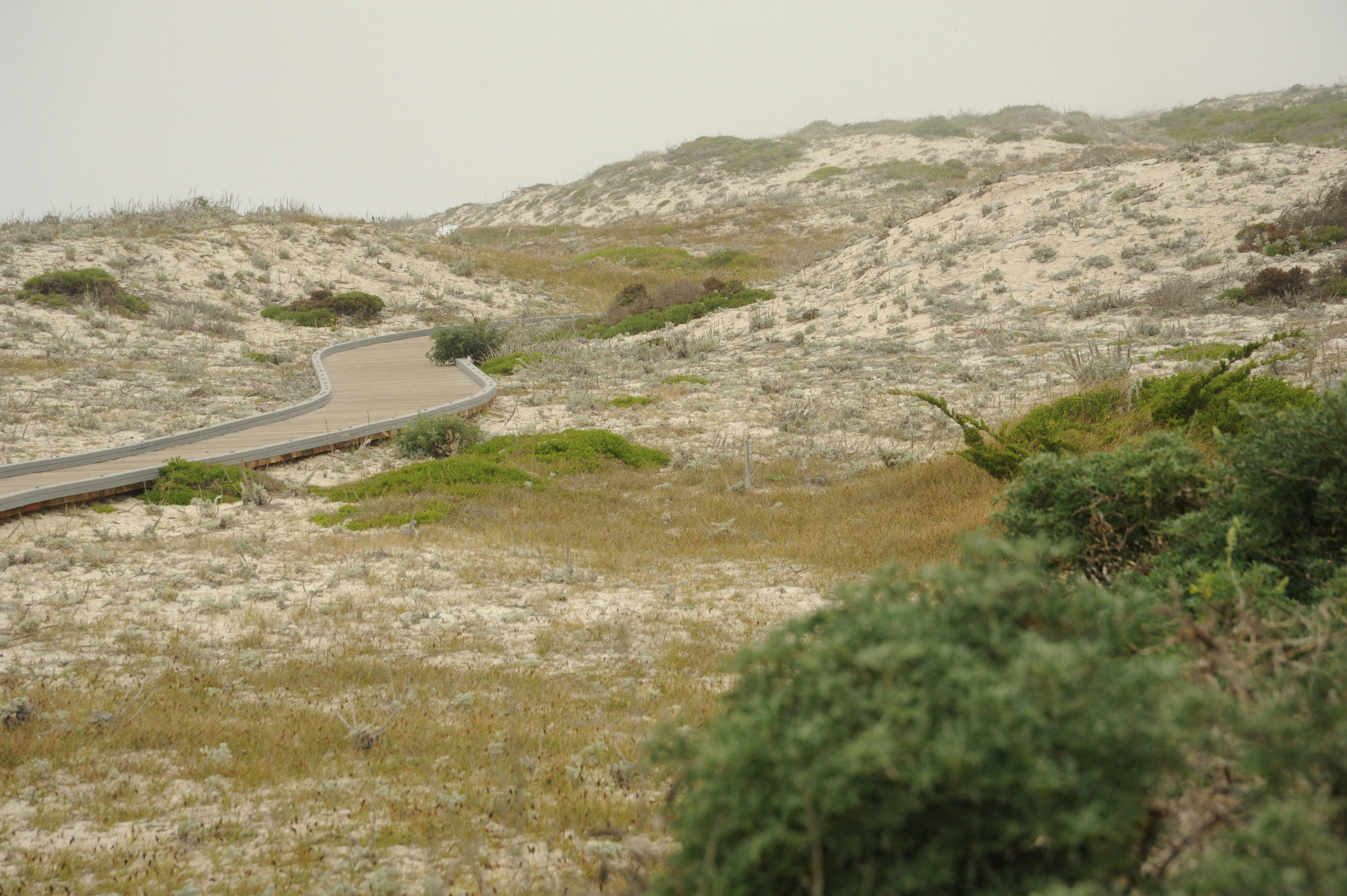Fifty years after ‘Asilomar,’ scientists meet again to debate biotech’s modern-day threats
By Jon Cohen,
Science
| 03. 05. 2025
Photo by Wonderlane on Unsplash
On a nearly still and moonlit night last week, some 75 people formed a circle on Asilomar State Beach around a sand pit ringed by seaweed. Four dancers swayed around the pit to the sound of the crashing waves. One by one, people stepped into the circle, scooped up some sand, and tossed it into the pit.
Passersby might have thought they were witnessing a pagan ritual or a hippie gathering. But in fact this was a “burial ceremony” at the start of a meeting marking the 50th anniversary of the Asilomar Conference on Recombinant DNA. Participants were invited to bid a symbolic farewell to that hugely influential gathering, held at the same place in 1975, and turn to the most vexing issues facing biology today.
Half a century ago, molecular biologists came together up the hill from the beach in a conference center—made up of exquisite Arts and Crafts buildings that date back to 1913—to discuss the benefits and dangers of what was then a revolutionary technique: stitching together DNA from different species, creating...
Related Articles
By Jonathan Matthews, GMWatch | 12.11.2025
In our first article in this series, we investigated the dark PR tactics that have accompanied Colossal Bioscience’s de-extinction disinformation campaign, in which transgenic cloned grey wolves have been showcased to the world as resurrected dire wolves – a...
By Katie Hunt, CNN | 07.30.2025
Scientists are exploring ways to mimic the origins of human life without two fundamental components: sperm and egg.
They are coaxing clusters of stem cells – programmable cells that can transform into many different specialized cell types – to form...
By John H. Evans, Craig Callender, Neal K. Devaraj, Farren J. Isaacs, and Gregory E. Kaebnick, Issues in Science and Technology | 07.04.2025
The controversy around a ban on “mirror life” should lead to a more nuanced public conversation about how to manage the benefits and risks of precursor biotechnologies.
About five years ago, the five of us formed a discussion group to...
By Pallab Gosh and Gwyndaf Hughes, BBC News | 06.26.2025
Work has begun on a controversial project to create the building blocks of human life from scratch, in what is believed to be a world first.
The research has been taboo until now because of concerns it could lead to...




